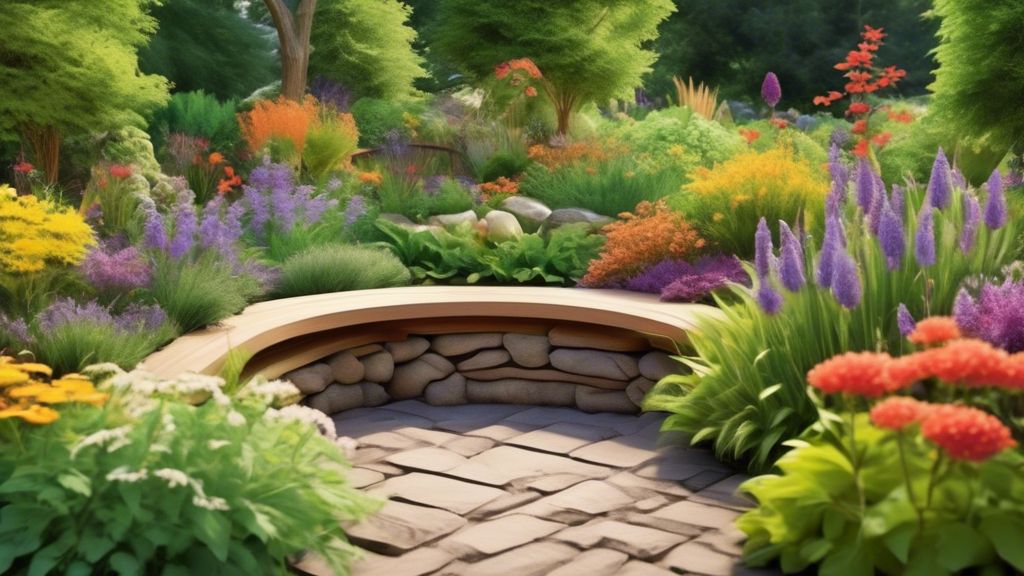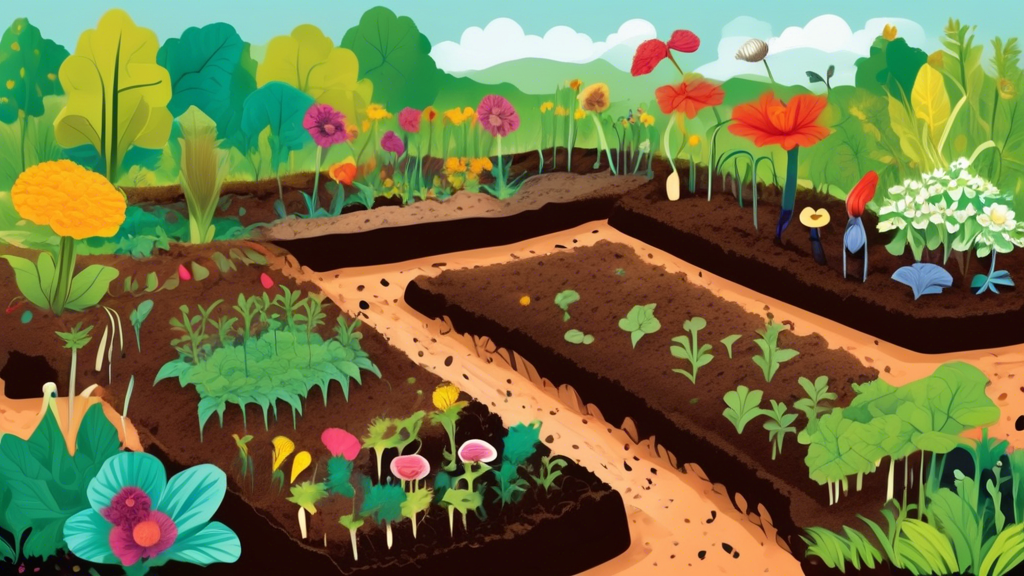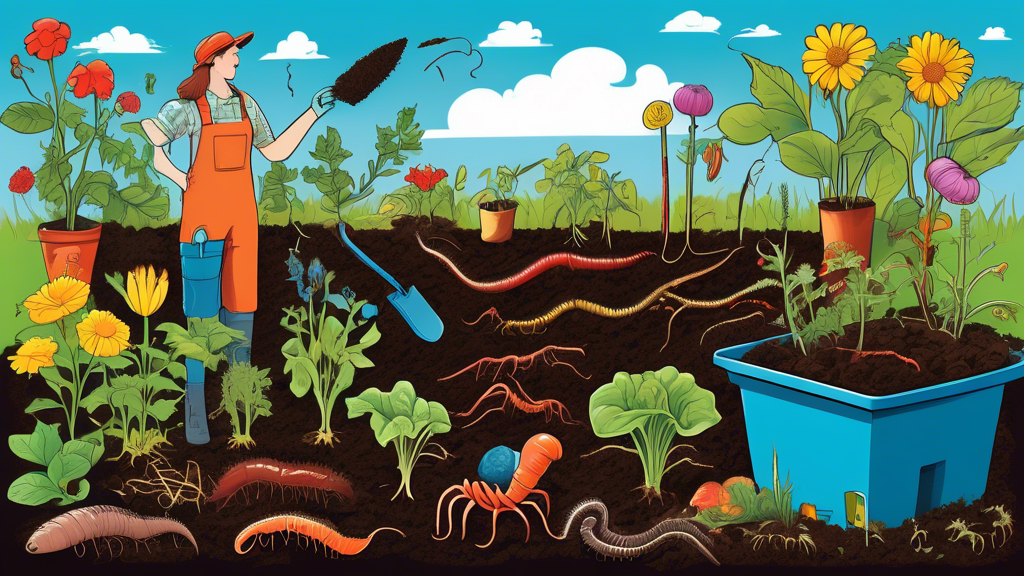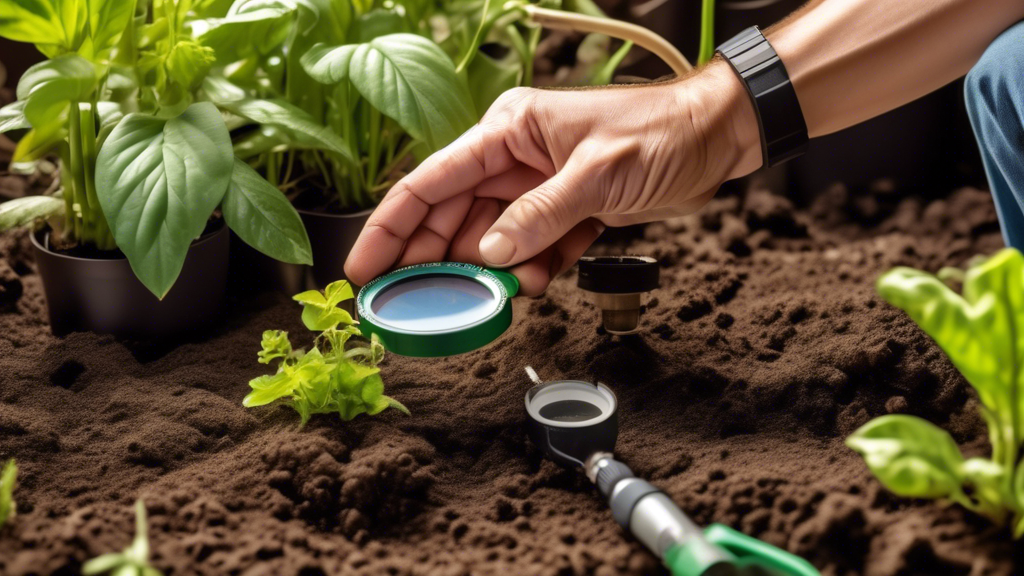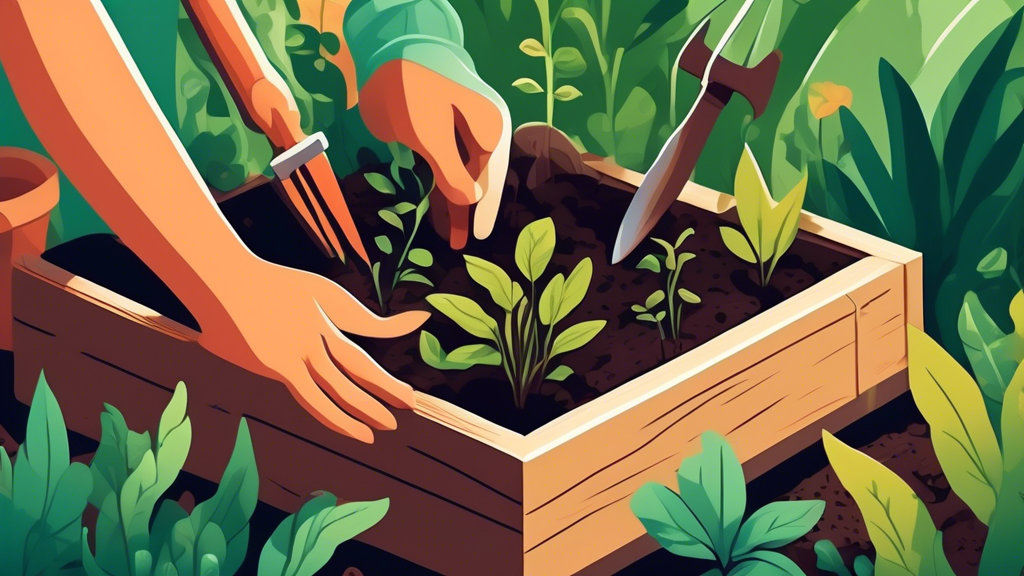
DIY Organic Gardening Projects for Beginners: Grow Your Own Food, Naturally
Starting an organic garden is a rewarding journey that connects you with nature, promotes healthy eating, and allows you to harvest fresh, flavorful produce right from your backyard. Whether you have a spacious yard or a sunny balcony, this guide provides beginner-friendly DIY projects to kickstart your organic gardening journey. Let’s delve into the world of natural and sustainable food production!
Project 1: Building a Raised Garden Bed
Raised garden beds offer numerous benefits for beginners, including:
- Excellent Drainage: Prevents waterlogging and root rot, common problems in compacted soil.
- Improved Soil Control: Allows you to create the perfect soil mix tailored to your plants’ needs.
- Reduced Weed Pressure: Easier weed management due to the defined growing area.
- Ergonomic Design: Less bending and strain, making gardening more accessible.
Materials You’ll Need:
- Untreated lumber (cedar or redwood is naturally rot-resistant)
- Screws or nails
- Measuring tape and pencil
- Saw (hand saw or circular saw)
- Drill with screwdriver bit
- Safety glasses and gloves
- Landscaping fabric (optional, to suppress weeds)
- Staple gun (if using landscaping fabric)
Building Steps:
- Plan Your Bed: Choose a sunny location and decide on the bed’s dimensions (4ft x 8ft is a common size).
- Cut the Lumber: Cut the lumber to the desired length for the sides of your bed.
- Assemble the Frame: Create a rectangular frame by attaching the lumber pieces at the corners using screws or nails.
- Level and Secure (Optional): If desired, level the bed and secure it to the ground using stakes or concrete blocks.
- Lay Landscaping Fabric (Optional): Line the bottom of the bed with landscaping fabric to prevent weeds. Secure it with staples.
- Fill with Soil: Fill the bed with a high-quality organic soil mix, leaving a few inches at the top for watering.
Project 2: Creating Your Own Compost
Compost is like black gold for organic gardeners! It’s a nutrient-rich soil amendment that improves drainage, aeration, and water retention while providing essential nutrients to your plants. Here’s how to make your own:
Materials You’ll Need:
- Compost bin (DIY options include using pallets, wire mesh, or a plastic storage bin)
- Brown materials (carbon-rich): Dry leaves, twigs, shredded paper, cardboard
- Green materials (nitrogen-rich): Grass clippings, fruit and vegetable scraps, coffee grounds
- Water
- Pitchfork or shovel for turning
Composting Steps:
- Choose a Location: Select a well-drained spot for your compost bin, preferably in partial shade.
- Layer Your Materials: Start with a layer of brown materials, followed by a layer of green materials. Aim for a 3:1 ratio of brown to green.
- Water and Turn: Moisten the pile thoroughly and turn it with a pitchfork or shovel every few days to provide oxygen and speed up decomposition.
- Monitor and Maintain: Keep the compost moist but not soggy. Continue adding materials and turning regularly.
- Harvest Your Compost: The compost is ready when it’s dark brown and crumbly, usually in a few months.
Project 3: Starting Seeds Indoors
Starting seeds indoors gives your plants a head start and allows you to extend the growing season, especially for slow-growing varieties. Here’s how to do it:
Materials You’ll Need:
- Seed starting mix
- Seed trays or pots
- Spray bottle
- Grow lights or sunny windowsill
- Heat mat (optional, for bottom heat)
Seed Starting Steps:
- Fill Trays: Fill seed trays or pots with seed starting mix, moistening it evenly.
- Sow Seeds: Plant seeds according to the package instructions, paying attention to planting depth and spacing.
- Water Gently: Mist the soil surface with water using a spray bottle to avoid disturbing the seeds.
- Provide Light: Place trays under grow lights or on a sunny windowsill. Most seedlings need 12-16 hours of light per day.
- Transplant Outdoors: Once seedlings develop a few sets of true leaves and the danger of frost has passed, harden them off gradually before transplanting them into your garden.
Project 4: Companion Planting for Pest Control
Companion planting is a natural and effective technique that involves strategically planting different crops together to deter pests, attract beneficial insects, and improve growth. Here are some popular companion planting combinations:
- Tomatoes and Basil: Basil repels tomato hornworms and whiteflies, while improving the flavor of tomatoes.
- Cucumbers and Marigolds: Marigolds deter beetles and nematodes that can damage cucumber plants.
- Carrots and Onions: Onions deter carrot root flies, while carrots deter onion flies.
- Lettuce and Radishes: Radishes deter flea beetles that attack lettuce, and their fast growth breaks up the soil, benefiting lettuce roots.
Project 5: Building a DIY Rain Barrel
Conserving water is crucial for sustainable gardening. Rain barrels allow you to collect rainwater from your roof, providing a free and eco-friendly source of water for your plants. Here’s how to build one:
Materials You’ll Need:
- Plastic barrel (55-gallon drums work well)
- Downspout diverter
- Hose bib (faucet)
- Teflon tape
- Drill with hole saw attachments
- Mesh screen
- Silicone sealant
Building Steps:
- Prepare the Barrel: Clean the barrel thoroughly and let it dry completely.
- Install the Hose Bib: Drill a hole near the bottom of the barrel and install the hose bib using Teflon tape to create a watertight seal.
- Create an Overflow: Drill an overflow hole near the top of the barrel and attach a short length of hose to direct excess water away from your house.
- Connect to Downspout: Install a downspout diverter on your downspout and connect the diverter to the top of the barrel.
- Add a Screen: Cover the top of the barrel with a mesh screen to prevent mosquitos and debris from entering.
Conclusion: Embrace the Joys of Organic Gardening
These DIY organic gardening projects provide a solid foundation for beginners to cultivate their own food, promote biodiversity, and connect with nature. Remember to start small, experiment with different techniques, and most importantly, enjoy the process of watching your garden thrive!

